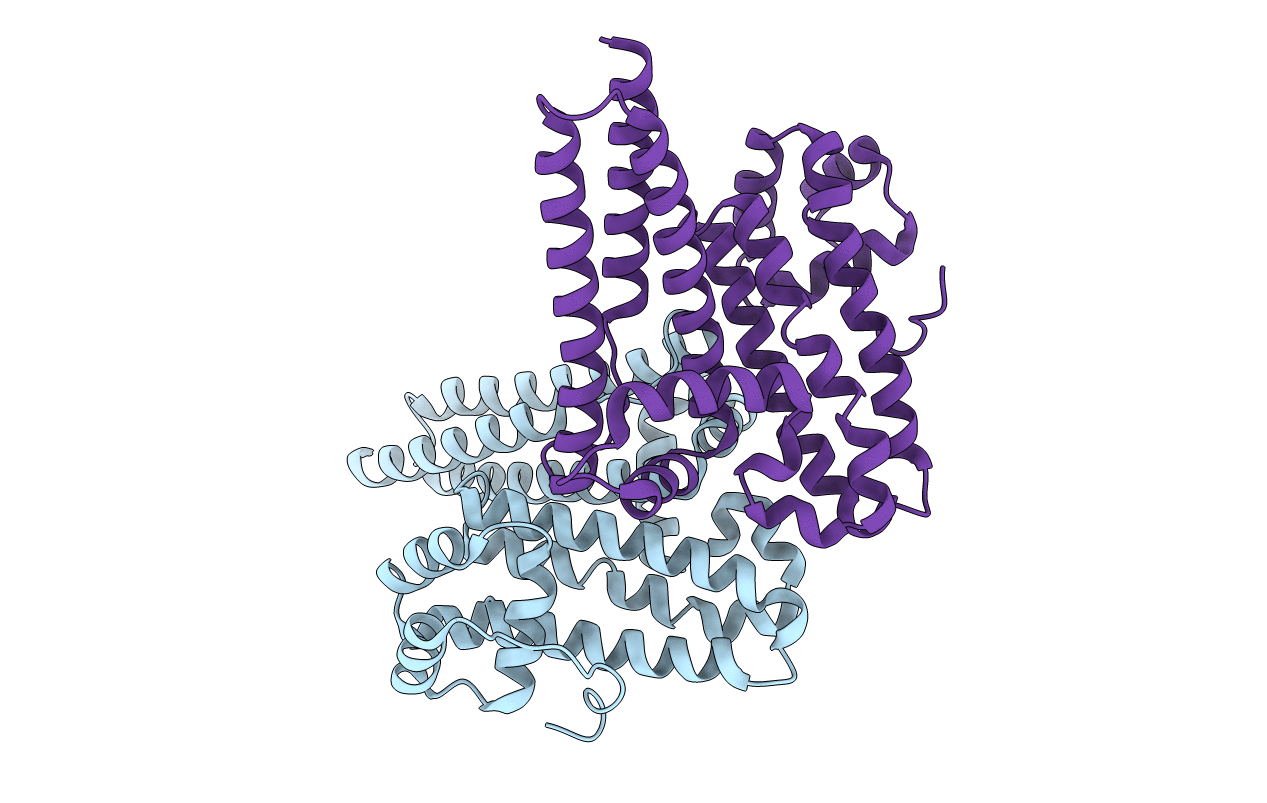
Deposition Date
2017-04-18
Release Date
2017-11-29
Last Version Date
2024-11-06
Entry Detail
PDB ID:
5VJ4
Keywords:
Title:
Crystal structure of a putative surface protein encoded by BTA121
Biological Source:
Source Organism:
Borrelia turicatae (Taxon ID: 314724)
Host Organism:
Method Details:
Experimental Method:
Resolution:
2.80 Å
R-Value Free:
0.22
R-Value Work:
0.19
R-Value Observed:
0.19
Space Group:
P 61


